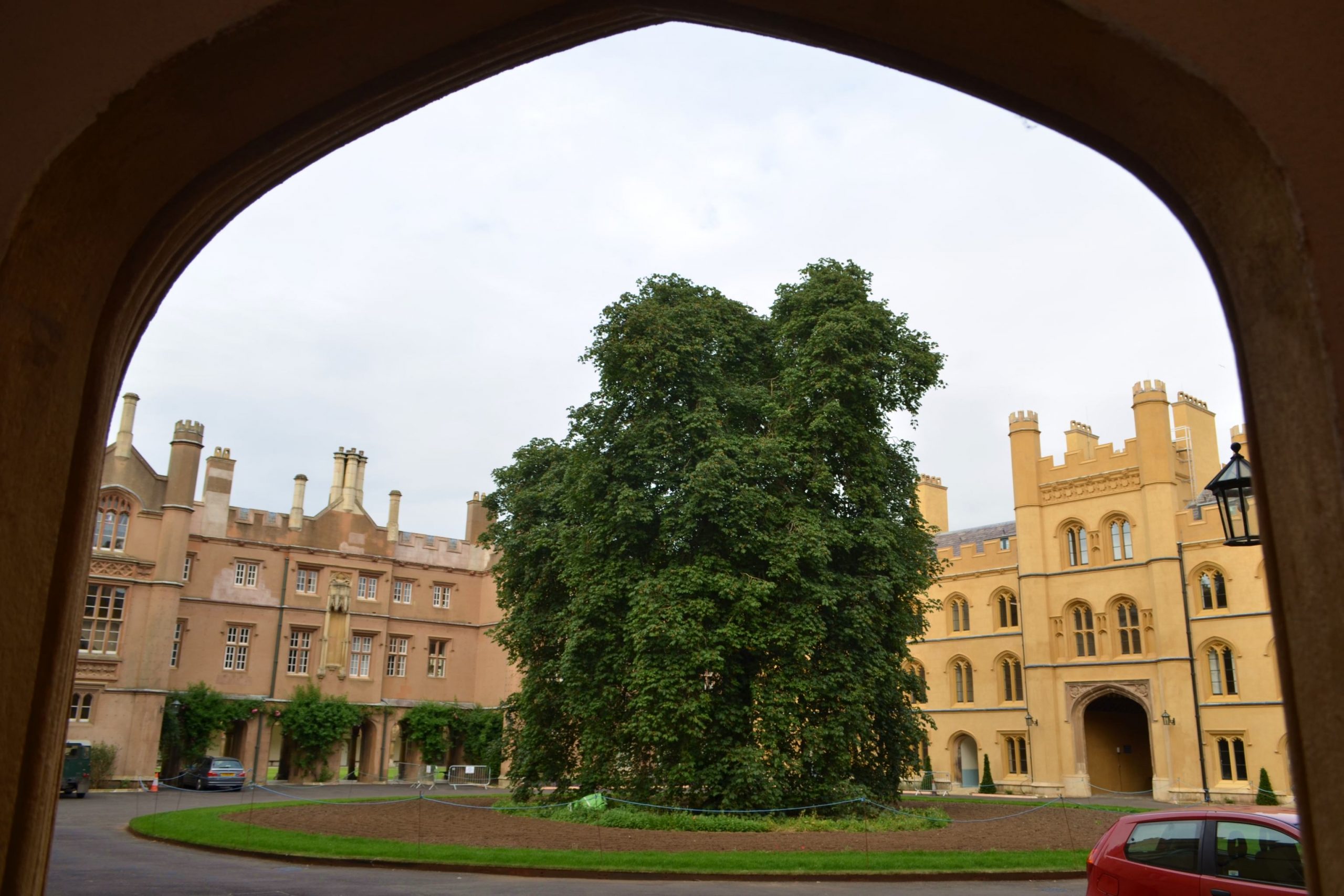Trinity College is a constituent college of the University of Cambridge in England. It is the largest college in either of the Oxbridge universities by number of undergraduates. The college was founded by Henry VIII in 1546. This project required the complete refurbishment of Blocks M&N within New Court.
What Did The Job Involve?
New Court is built in Tudor-Gothic style and this court is notable for the large tree in the centre with a myth sometimes being circulated that this was the tree from which the apple dropped onto Isaac Newton.
Work included minor remodelling and extensive refurbishment to provide accommodation for fellows. Work was completed in accordance with Trinity Works Department Specifications and included thermal insulation throughout, provided in an environmentally and economically advantageous manner.
In addition to new heating, lighting, power and data extensive repairs to plastered walls were undertaken along with new dry lining. Works to accommodate the services had to be mindful of the existing fabric where floorboards, lath & plaster finish and stone walls were encountered. Finishes included new flooring and a complete redecoration.
What Were The Challenges?
The challenges included working within a live university with students and the public in close proximity. In addition, the site location is in the centre of Cambridge where deliveries are restricted to certain times of the day. Noise and dust had to be strictly controlled. Moreover, the fact that the project required working within an historic environment involved a sensitive approach at all times.
Whilst our aim was to limit the number of floorboards that were required to be lifted to accomodate new electrical installation this proved impossible. Our carpenters were require to attend to these and ensure that there was no damage caused to either the boards, timber structures or ceilings below.
Beardwell’s Added Value
Production within a historic and sensitive building was a key consideration. Daily liaison was required with College staff. Regular meetings with designers and end-users was required.






